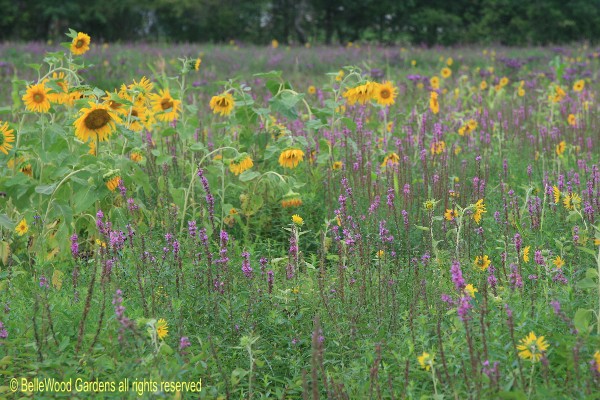
Sunday, 11 September 2011
Here Comes the Sun(flowers)
Heading home, driving on Route 12 from Flemington, New Jersey. Another in the ceaseless string of gray and overcast days. And then . . . . . what's this I see?

Sun? No, it's sunflowers!, A field of sunflowers.
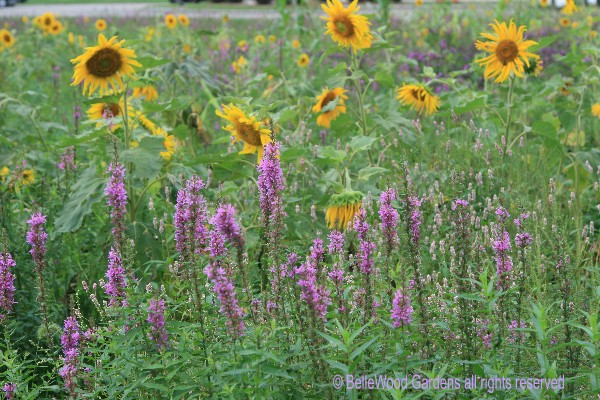
This is so strange. It's not a crop field, filled with sunflowers. The sunny flowers are intermixed with
obnoxious, weedy, invasive Lythrum salicaria. There's also poison ivy, annual weeds, even a few
corn plants. Did someone deliberately sow seed this sparsely, just to add some sunshine to passers by?

I can tell it's a damp area. Not just the muck I'm walking on but also the New York ironweed,
Vernonia nova-boracensis, which prefers to grow in damp places. (It's really bluer than this.)
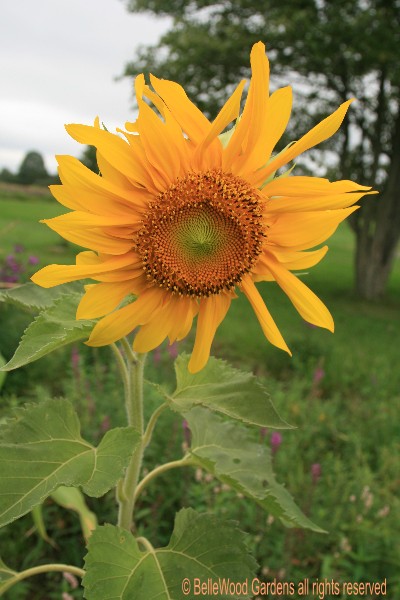 . . .
. . . 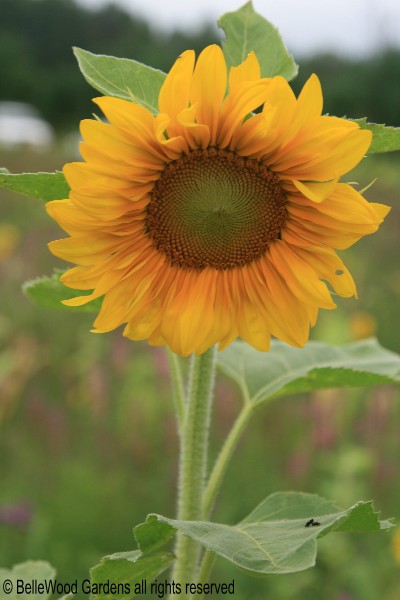
Wonderful sunflowers. The plants are about 4 to 5 feet tall, mostly with a single flower. Sunshine.
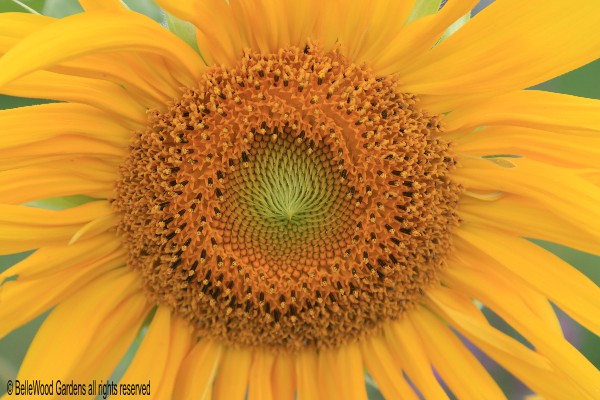
There's magic in each sunflower. A close look at the flower's center shows a series of curved lines
producing arcs to the right, arcs to the left. If you count the number of leftward and rightward arcs
you'd discover that they are a pair of sequential Fibonacci numbers. Who was he, and what are they?
Leonard of Pisa was an Italian mathematician, also known as Fibonacci. His sequence increases by the sum of the preceeding two numbers. Thus, 1, 1, 2, 3, 5, 8, 13, 21, 34, and on, and on, and on. The sunflower, a member of the Compositae or Daisy Family, efficiently packs as many seeds as it can inside the disc of its flowerhead (which is composed of many small, individual flowers, one for each seed.) Look closely at a pineapple or a pinecone, and you'll find that both have sequential Fibonacci spirals curving over their surface.
Efficiently filling a sunflower's disc with seeds maximizes their number, and the potential for the next generation.
Structure in nature is a strategy for design. And besides, sunflowers are wonderful, especially on an overcast day.